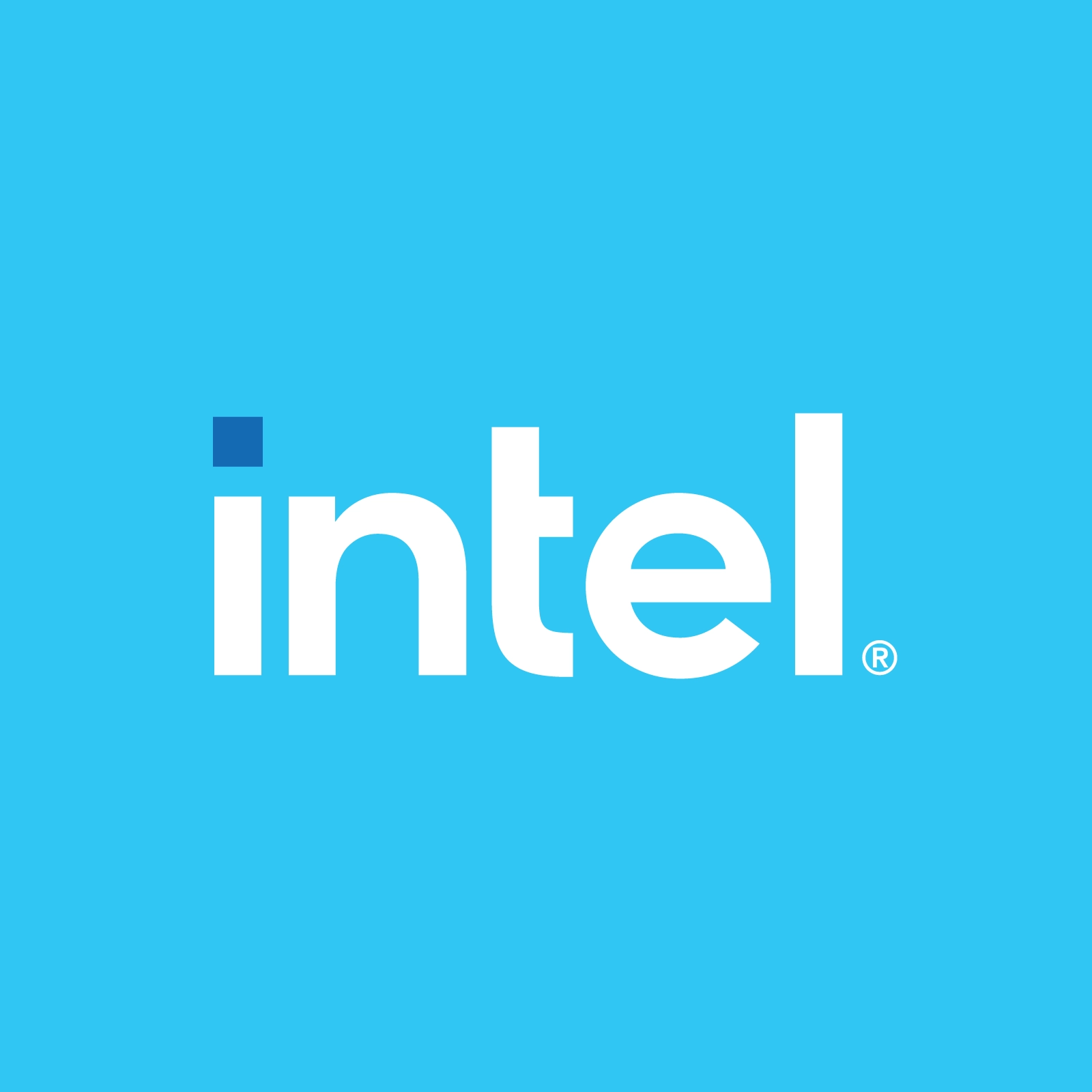The Importance of Edge Computing Solutions for the Retail, Banking, Hospitality and Education Markets
There are two sides to every story, and there are two sides to edge computing – infrastructure edge and a device edge. Infrastructure is the edge hardware that ranges from light to medium and heavy edge products. This hardware consolidates multiple workloads on-premise.
Infrastructure edge hardware solutions are the sandlot Amy Leeland plays in. Leeland is the Edge Computing Director for Retail, Banking, Hospitality and Education at the Intel Internet of Things Group. She joined To the Edge and Beyond to share her thoughts and insights on the latest trends in edge computing solutions for these markets.
“As the volume of this data increases, so does this inefficiency of transmitting all of it and processing it in a central location,” – Amy Leeland, Edge Computing Director for Retail, Banking, Hospitality and Education at the Intel Internet of Things Group
“My focus is to enable our customers’ digital transformation journeys with edge compute,” Leeland said. “We build new edge hardware products with original equipment manufacturers and original device manufacturers. We also create open-source reference implementations, and our partner team works with independent software vendors and solution providers.”
Edge compute isn’t one type of deployment model, device, or product. While edge solutions for retail, banking, hospitality and education vary, there is one constant that guides Leeland and her team.
“It’s all about bringing compute closer to the point of where data is being generated,” Leeland said.
Moving large amounts of data to an outside center is not always feasible, so creating on-site compute solutions for customers is critical.
The sheer number of devices people use in their daily lives is producing a vast volume of data. While this data proves an ongoing storage challenge, it also provides tremendous strategic opportunities for advanced use of intelligent applications and business insights.
“As the volume of this data increases, so does this inefficiency of transmitting all of it and processing it in a central location,” Leeland said.
Learn more about edge computing solutions by connecting with Amy Leeland on LinkedIn https://www.linkedin.com/in/aleeland/, follow her on Twitter @Amy_Jaklich or visit https://www.intel.com/content/www/us/en/edge-computing/overview.html and click on solutions.
Subscribe to this channel on Apple Podcasts, Spotify, or Google Podcasts to hear more from the Intel Internet of Things Group.



